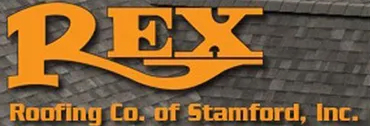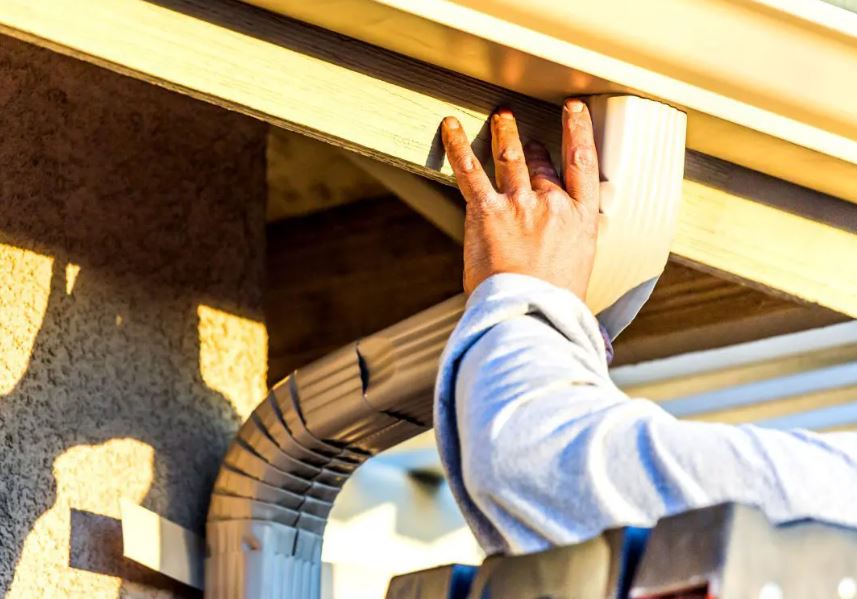An integral part of the structure of any organization, commercial roofing offers protection, must-use features, and aesthetic value.
Besides creating a protection of the building against weather conditions, Roof Installation in Stamford, CT might enhance the energy efficiency and possibly cut operating costs.
There are a number of solutions available that are similarly accessible, which has a special advantage so that it is essential to know the difference between them that you can make the right decision about it for your company goals and need.
As we explore deeper into the more advanced topic of the commercial roofing systems we will look at the: Metal roofing Built up Roof Installation in Stamford, CT Single-ply membrane roofing Green roofing which is becoming increasingly popular these days.
Built-Up Roofing (BUR)
Built-up roofing: that is, what do you know about it?
Built-up roofing is one of the most widely used, and at the same time – one of the oldest – types of commercial roofing systems.
This conventional roofing system has been around for over one hundred years and consists of several layers of bitumen, coal tar or asphalt with fibreglass or other reinforcing materials between each layer.
These layers all work together to deliver a long-lasting, water-repellent, and very durable Roof Installation in Stamford, CT that can withstand the test of time and the various things that it will encounter over time.
Benefits of Built-Up Roofing
- Durability: BUR has a long lifespan and is very strong for instance, the structures from BUR can last for 20-30 years if well-maintained. With an outer case made of anodized aluminium, followed by Kevlar aramid fibre and polycarbonate layers, and an outer layer made of soft touches, it has good physical resistance.
- Waterproofing: Through its many layers, bitumen and reinforcing fabrics provide protection from water and moisture preventing any seepage as well. This makes BUR an appropriate choice for low-slope roofs or other roofs that have a tendency to accumulate water on them.
- Low Maintenance: After instalment, BUR a little maintenance compared to other types of Roof Installation in Stamford, CT that are in the market. This little maintenance can save a huge amount of money since there will be very little need for an overhaul since everything can be fixed until it is worn out altogether.
- Fire Resistance: As to the fire security, it is noteworthy that BUR systems can be offered with a very high fire resistance and this feature offers an additional protection to the commercial structures.
Single-Ply Membrane Roofing
Single-Ply Membrane Roofing or Single-Ply Low-Slope Roofing is the process of constructing roofs using a single layer or continuous membrane of flexible material to cover the roof top of a building.
Single ply roofing membrane systems comprise of flexible rubber polymers that include; EPDM, TPO and PVC among others. These membranes come in single-ply systems, and this means that they are light in weight, easy to introduce to Roof Installation in Stamford, CT, and they are flexible and can virtually fit any kind of roof shape or size.
Advantages of single-ply membrane roofing.
- Flexibility: Single-ply membranes are quite flexible since they can keenly follow the contours of the roof construction. This versatility makes them ideal for use in regions and designs that are most steeped and where penetration of the roof is required most frequently.
- Energy Efficiency: Single pile membranes can be reflectant in form and are thus capable of reflecting heat energy back into the atmosphere and thereby cutting on energy costs on cooling. These can also help in achieving energy efficiency within a certain building thus helping to improve sustainability and lessen carbon dioxide emissions.
- Ease of Installation: Single ply membranes are light weight, which has the benefit of easing the installation process and in most cases results in cheaper labour rates and short periods of installation. This can reduce interference with the normal flow of business when roofing or replacing the roof is underway.
- UV Resistance: TPO and PVC, as single-ply membranes, provide good UV radiation resistance making it possible to have the Roof Installation in Stamford, CT useful life span for increased material degradation due to exposure.
- Single-ply membrane roofing is a roofing system where a single-ply layer/dam constructed out of a continuous roll of material is placed on a flat roof or any other building structure.
- Single-ply membrane roofing system is one of the flexible sheets of synthetic material such as EPDM, TPO, PVF, and PVC which would be used either in full or in combination with other materials depending on the nature of the roof construction being worked on. These are generally available in a form of a single layer, it means that they are light in weight and easily applicable.
What is Metal Roofing?
A metal roofing system includes metal panels or tiles for roofing, which can be made using the materials such as steel, aluminum, copper or zinc. These roofs are renowned for their durability, plethora of years they can stand as well as their looks.
Benefits of Metal Roofing
- Longevity: For instance, metal roofs can be expected to last for 50 years or even more, which makes the material a long-term one for any commercial building.
- Durability: Durability is one of the strongest benefits of a metal roof since it can hydrologically withstand different extreme conditions that are more damaging than any other roofing material.
- Sustainability: Metals also do not deteriorate but are recyclable materials that are used in the construction of metal roofs and are 100% recyclable upon wearing out.
What is Green Roofing?
Green roofing or living roofs are the type where plant life and soil are placed over a waterproofing membrane that is laid on a tapered rooftop. These roofs can be just a bare sedum coverage or will be a complicated structure that contains all sorts of plants and even small trees.
Benefits of Green Roofing
- Energy Efficiency: This type of roof design is very effective in insulating buildings hence cutting down on electricity cost incurred on heating or cooling of houses.
- Stormwater Management: This has the effect of changing the rate of infiltration of water into the ground thereby cutting on drainage systems.
- Environmental Impact: Low energy absorption: Through their insulation feature, green roofs reduce the impact of the urban heat island effect.
Comparing the Options
Cost Considerations
- Built-Up Roofing: Overall they are less costly but at times they can be more costly due to the may need a lot of extra labor when installing them.
- Single-Ply Membrane Roofing: Reasonably pricier compared to some of the services offered within the healthcare setting and may range based on the type of membrane used.
- Metal Roofing: Initial investment costs, more costs effective as the results reflect the longer product life cycle and the minimum need for replacements.
- Green Roofing: Higher cost in the beginning because of installation and the selection of plants and other required plants, but in a long run the saving in energy and stormwater management is high.
Maintenance Needs
- Built-Up Roofing: Little maintenance required, however, more attention should be paid to prevent the upper layers from being damaged.
- Single-Ply Membrane Roofing: Must be inspected once in a while for any signs of puncture or tear to avoid juices from spilling.
- Metal Roofing: There are low maintenance requirements for this connection type; it is only required to do periodic check ups for signs of corrosion or loose fasteners.
- Green Roofing: Like any other plant, requires constant maintenance to address health complications and services delivery.
Environmental Impact
- Built-Up Roofing: As for the traditional materials, the usage of bitumen often makes them less advantageous from the point of view of the environmental impact.
- Single-Ply Membrane Roofing: They range from Roof Installation in Stamford, CT options with very high levels of reflectivity in their membranes to those that are made with environment-conscious features in mind.
- Metal Roofing: Environmentally friendly in a sense that it is reusable and will conserve energy resources from being utilized.
- Green Roofing: Gets to provide the highest levels of envi-ronmental gain such as infinitesimal air quality and prepod-biotic species.
In the above discussion, you saw various types of commercial roofing available in the market, and in conclusion, you made the right decision in choosing a suitable roofing for your business. In this table, you will find various roofing types, some of which may emphasize longevity, low cost, or sustainability, which can be suitable for your commercial building.
;;;;;



